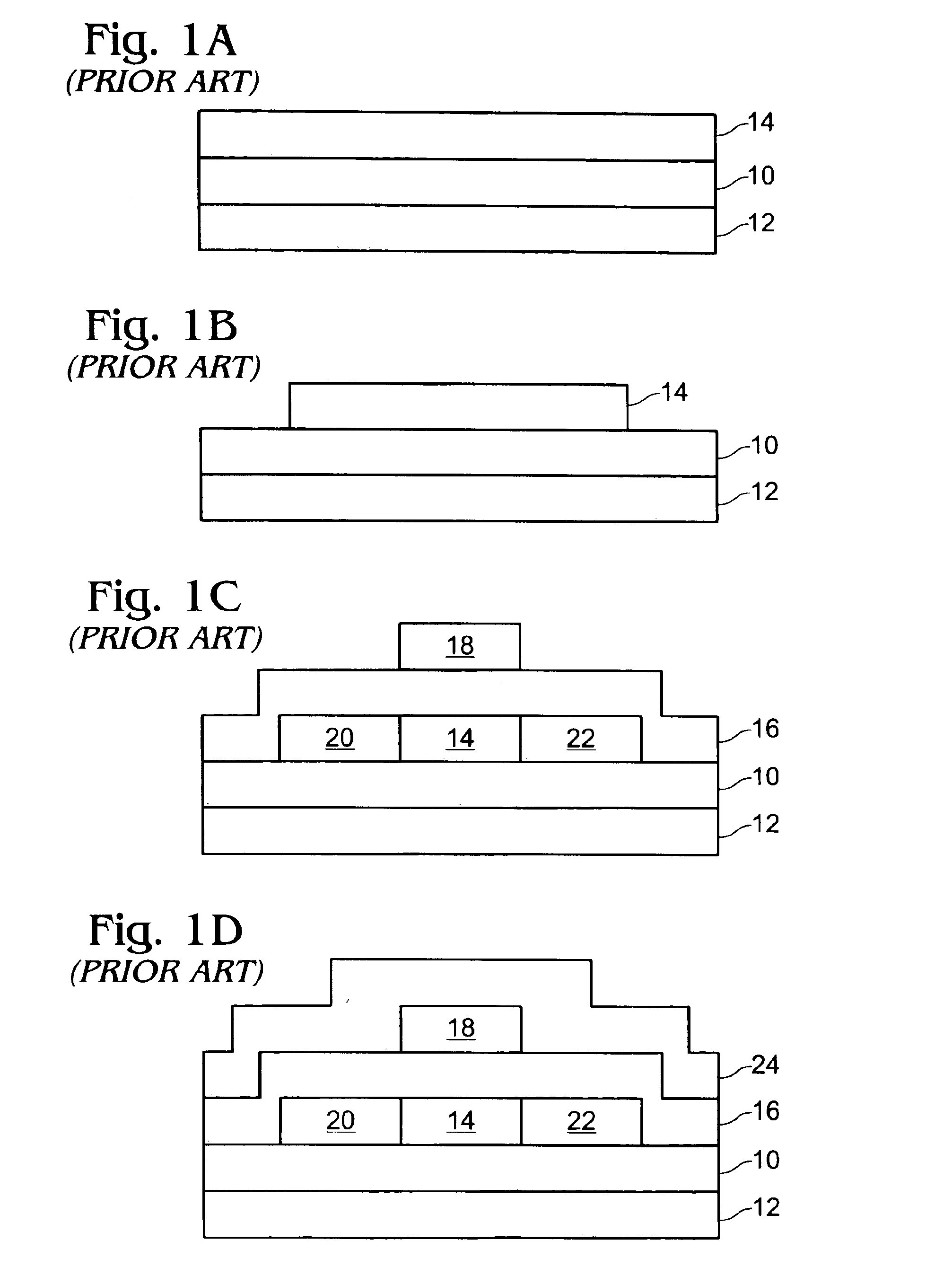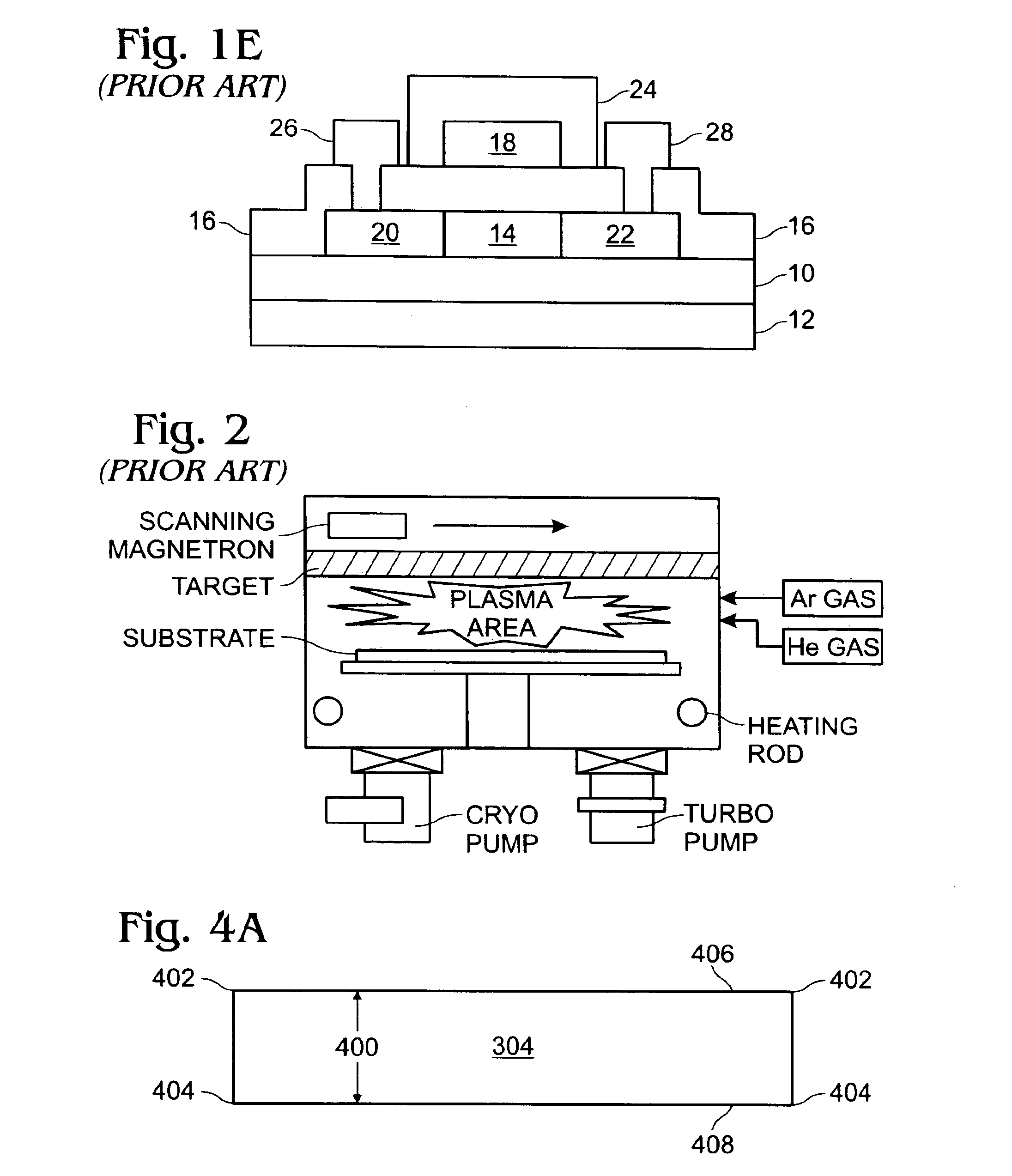Method for fabricating silicon targets
a technology of target silicon and silicon film, applied in the field of integrated circuit (ic) fabrication, can solve the problems of low attention to particle size and uniformity, the inability to form high-doped silicon film into a transistor active area, and the inability to achieve the effect of reducing the contamination level of deposited silicon film and excellent particle performan
- Summary
- Abstract
- Description
- Claims
- Application Information
AI Technical Summary
Benefits of technology
Problems solved by technology
Method used
Image
Examples
Embodiment Construction
The present invention describes the fabrication of silicon targets using either single-crystal silicon material or using polysilicon material. The material of the target is important in determining the number of tiles in the final target. A silicon target with a surface of 650 millimeters (mm) by 550 mm requires about 20 single-crystal silicon (c-Si) tiles, but only 4 polysilicon (p-Si) tiles. The number of single-crystal tiles can be reduced by accepting an orientation of silicon material, other than the standard (100) crystallographic orientation. That is, the silicon tiles can be cut lengthwise from the silicon ingot. However, it is likely that a target made from single-crystal material will always include more tiles than a similarly-sized target made from polycrystalline silicon material. The number of tiles affects the overall area of tile edge as well as the number of tile gaps across the face of the target. For this reason, it is best to minimize the number of tile gaps in th...
PUM
| Property | Measurement | Unit |
|---|---|---|
| thickness | aaaaa | aaaaa |
| flatness | aaaaa | aaaaa |
| flatness | aaaaa | aaaaa |
Abstract
Description
Claims
Application Information
 Login to View More
Login to View More - R&D
- Intellectual Property
- Life Sciences
- Materials
- Tech Scout
- Unparalleled Data Quality
- Higher Quality Content
- 60% Fewer Hallucinations
Browse by: Latest US Patents, China's latest patents, Technical Efficacy Thesaurus, Application Domain, Technology Topic, Popular Technical Reports.
© 2025 PatSnap. All rights reserved.Legal|Privacy policy|Modern Slavery Act Transparency Statement|Sitemap|About US| Contact US: help@patsnap.com



